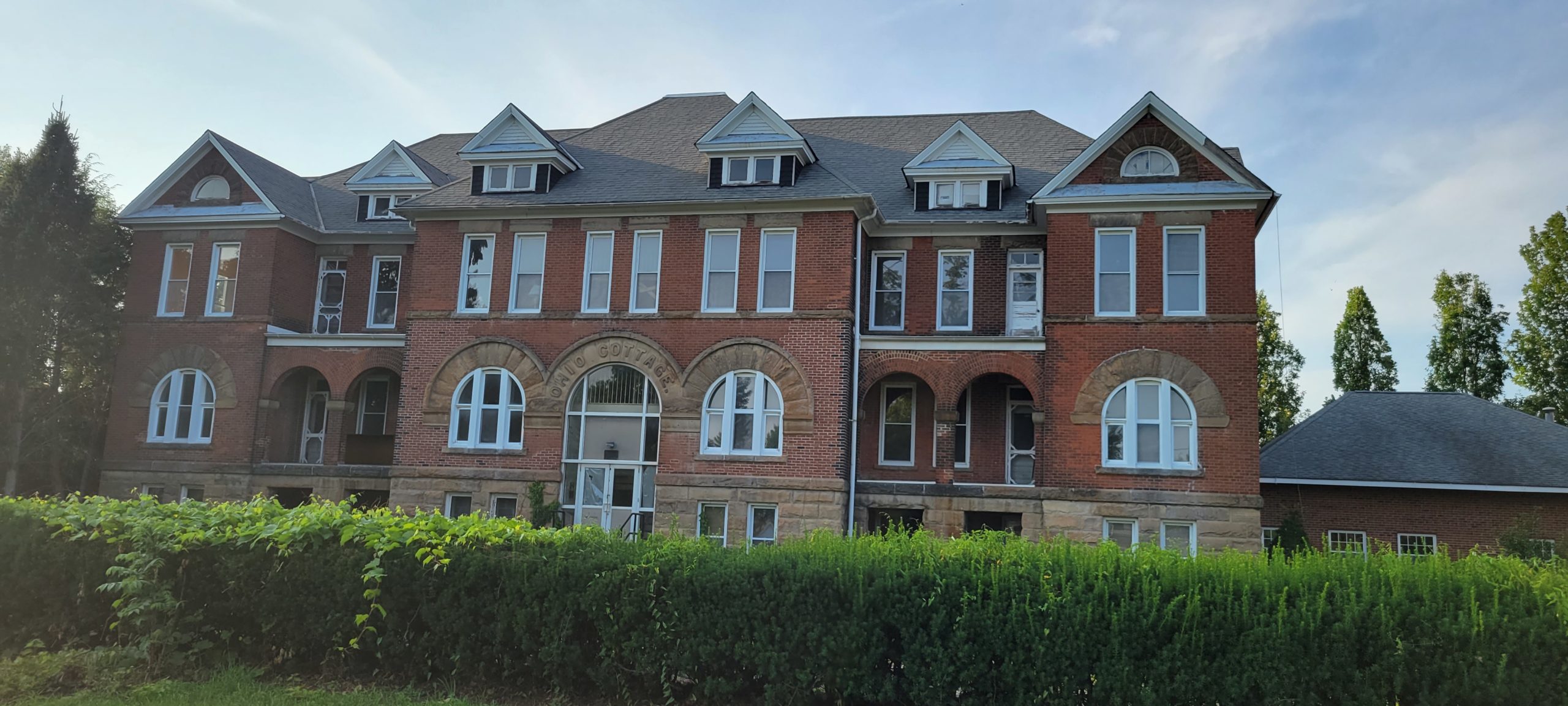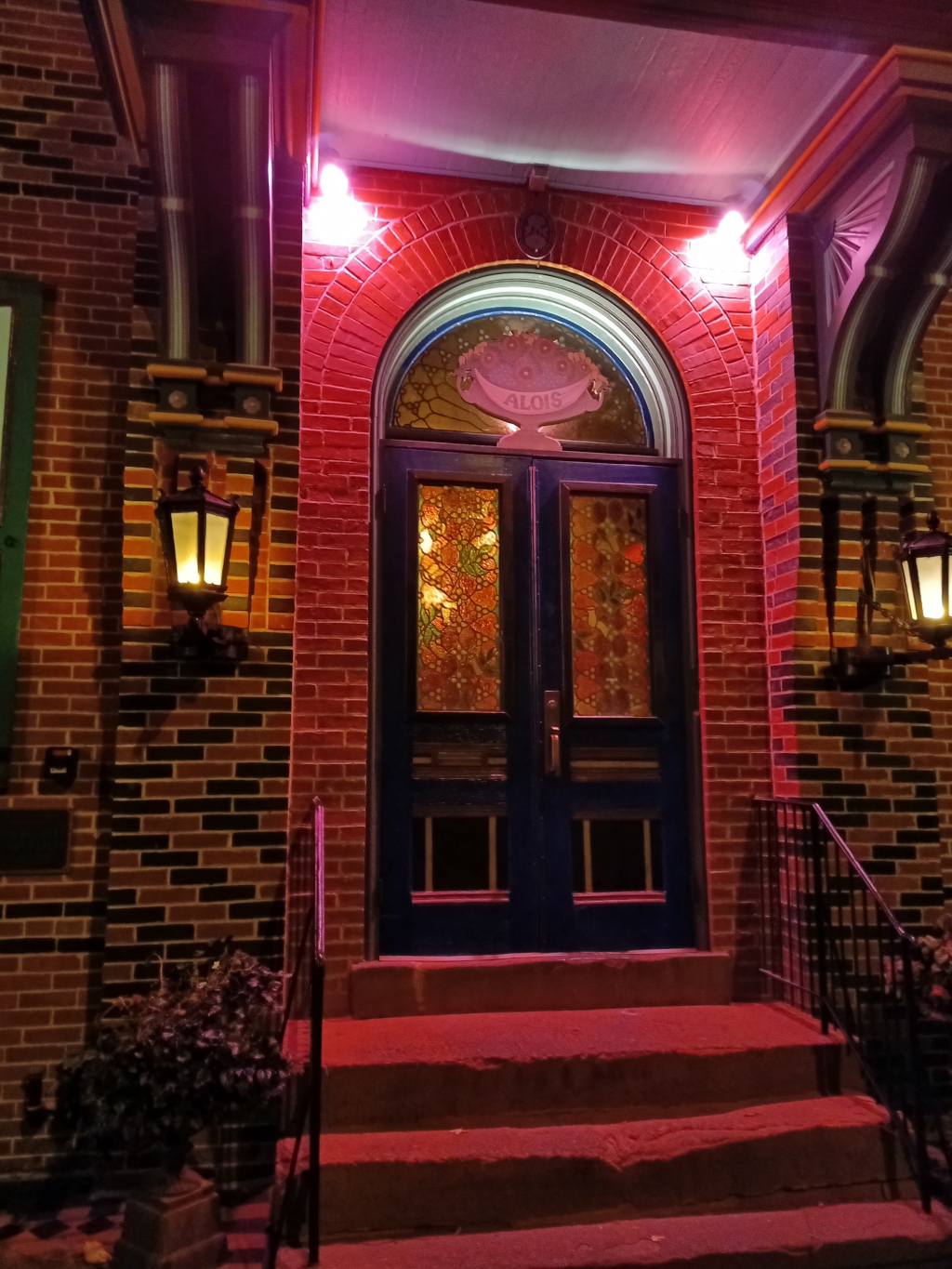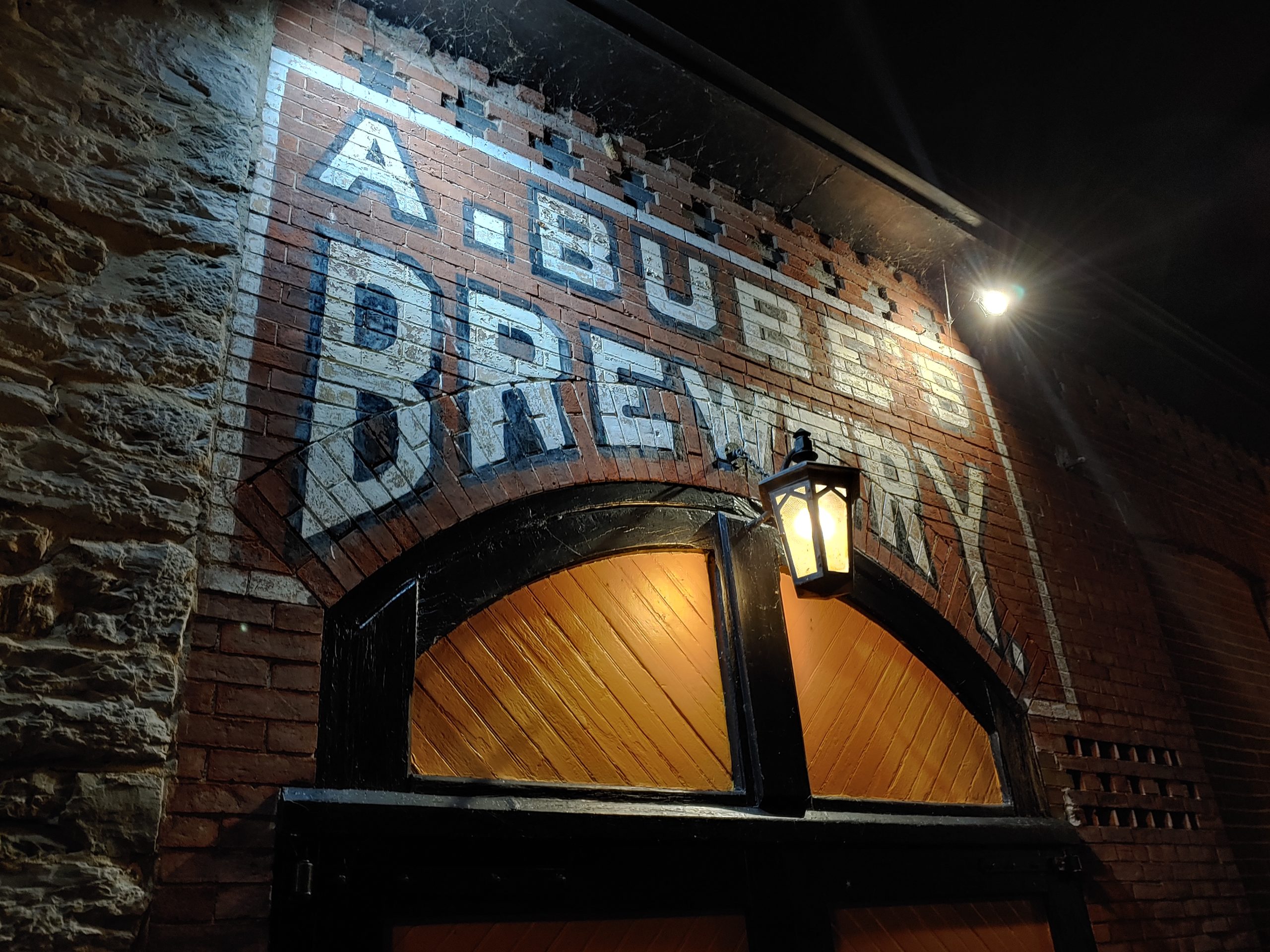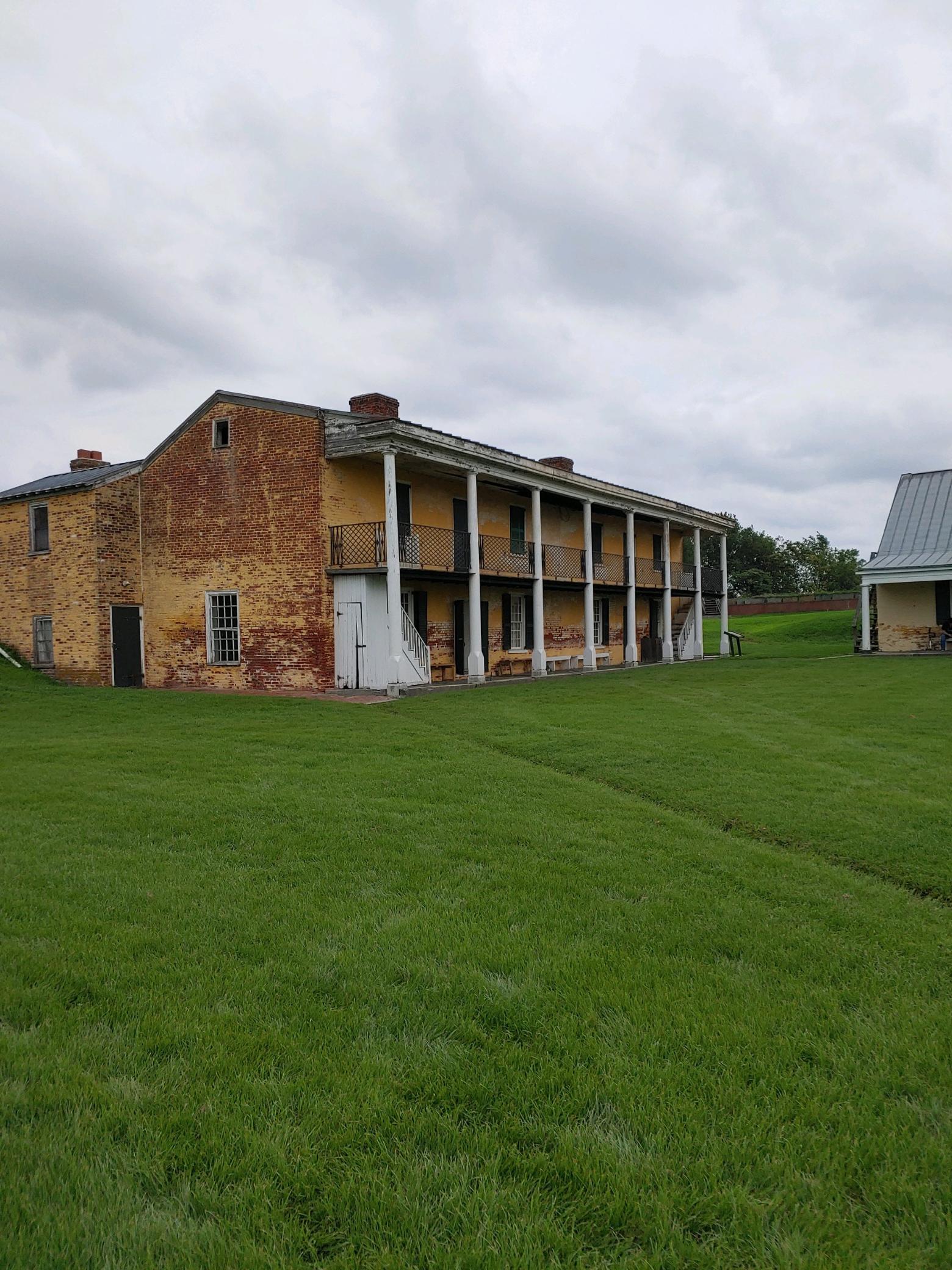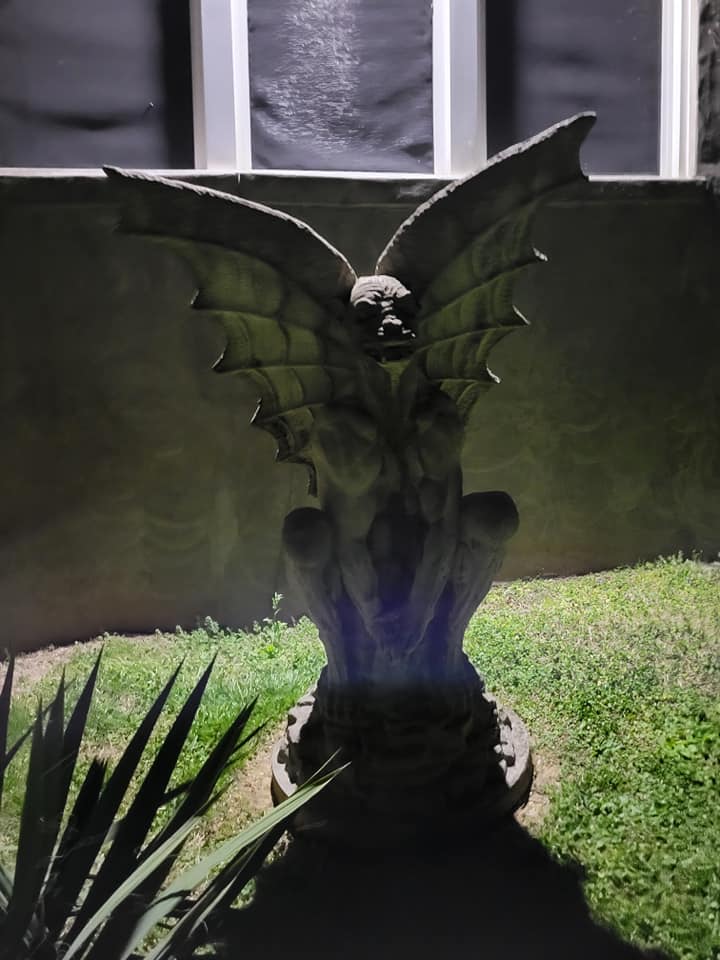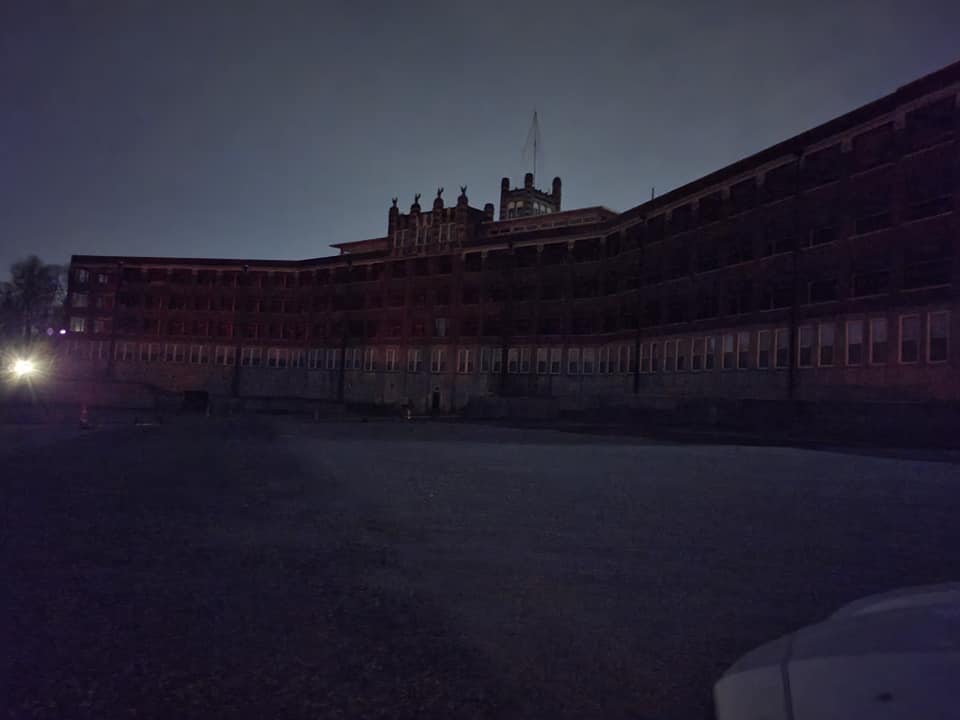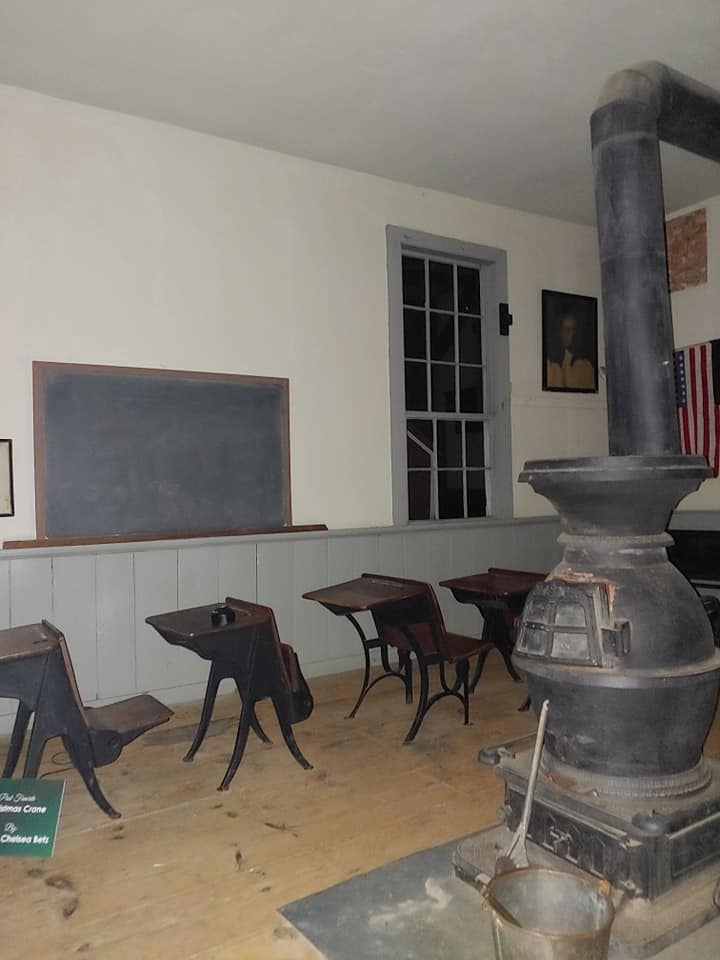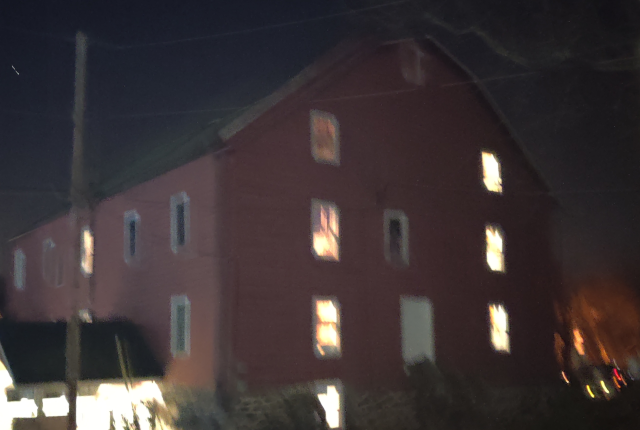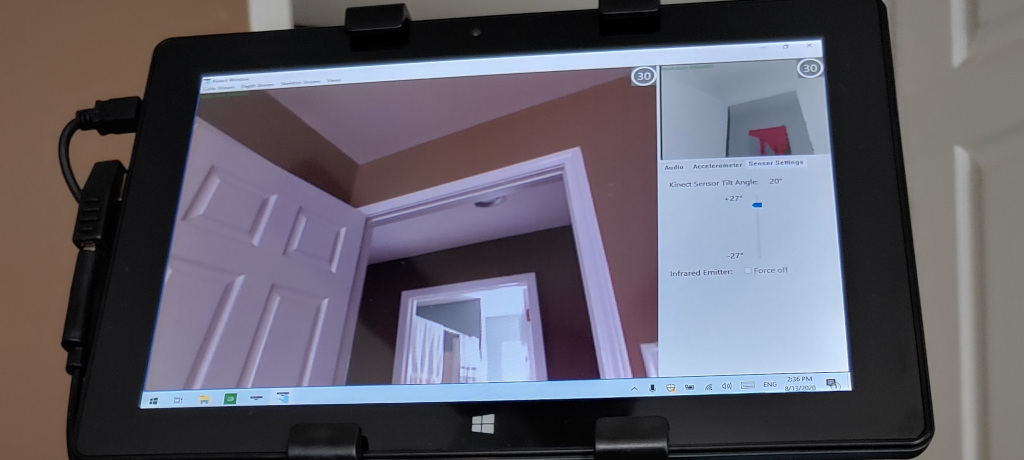What is an SLS (Structured Light Sensor) Camera and how to use it?
You see them on TV, online, and pretty much everywhere, but not a whole lot of explanation as to what they are. Until Microsoft released the Xbox 360’s kinect camera, SLS’s have been far outside of the reach of the regular consumer. The extremely high end ones are frequently used by movie makers so they can add realistic body movements to CGI portions of their movies.
The camera projects an infrared light grid in a special pattern made to detect objects in a 3D space. Based on the objects detected, the camera attempts to map objects. The sensor then tries to determine if enough data points are available for it to being tracking and mapping a human form. It attempts to determine head, limbs, and joints. With the correct software, it will draw a stick figure over the form it has determined has enough data for it to track.
Microsoft released the Xbox 360 Kinect Camera kit so the XBox could map a player and use their movements for game control. When Microsoft did this gamers all over the world began reporting that their Kinects were detecting additional players which were not there. This gave rise to the idea that they might be seeing “ghosts.”
Used as a ghost hunting tool, the idea is an spirit that may not be visible to the eye, may manifest itself enough to be tracked by an SLS camera.
A modified Kinect, a windows tablet, and custom software written by Digital Dousing the SLS Camera quickly became a staple of many of the paranormal investigation TV shows. Since microsoft released all the software needed to for people to use their own XBox 360 Kinects as SLS cameras, the SLS has started to become a very popular item among investigators everywhere. (See our 3 part series on building your own SLS camera).
So the real question is… Do they work?
An honest answer is, MAYBE…
Some of the things an investigator should understand when using an SLS camera is that it’s not fool proof and they are prone to false positives. SLS camera hits should be backed up by something other then the camera. The SLS sensor simply looks for enough data points to determine that there’s enough data points for it to track. This does make them prone to false positives. We have seen SLS cameras map chairs, crosses, and even large anvils. Since most of these are Kinect 360 based, the cameras are not made to be moved around.
When we get an SLS hit when using the camera in handheld mode, we try to see if we can trigger the hit again by repeating the movement. If we do get it easily by repeating the movement, the hit is most likely a false positive due to confusing the sensor.
When stationary and there’s a sudden hit we know it’s not from confusing the sensor due to moving it around , so something changed enough for the SLS to start mapping a body.
In both cases, we look for objects which the SLS can end up mapping. Window cross bars, reflections of people, ect. We try to get it to interact with us, get an EVP. Other reports of activity in the same spot.
We believe this is a false positive:
The SLS was behind hand held and you can see how the figure was overlaid on the wooden frame. When moving the camera you can see how the sensor moved the mapped object to the next part of the wooden frame and we had no other accompanying evidence.
This one though we believe is much more likely to be a legitimate hit which was taken at Fort Mifflin in the Casemates 5. Now we are not going to say based on the extremely limited interaction this is legitimate, it just carries more weight then the other one.
The differences between the two is there is nothing behind the hole in the stone wall for there to be a mistaken mapping. After repeating the motion several times we could not get it to hit again. It didn’t “Jump” and try to stretch itself onto another part of the wall but disappeared completely. This is also an area where it’s been reported people see a face or a figure in the hole.
See our Building a Windows 10 SLS Camera series here: https://www.jott-nyx-nj.com/index.php/2020/08/10/building-a-windows-10-sls-camera-part-1-the-parts-and-items/



